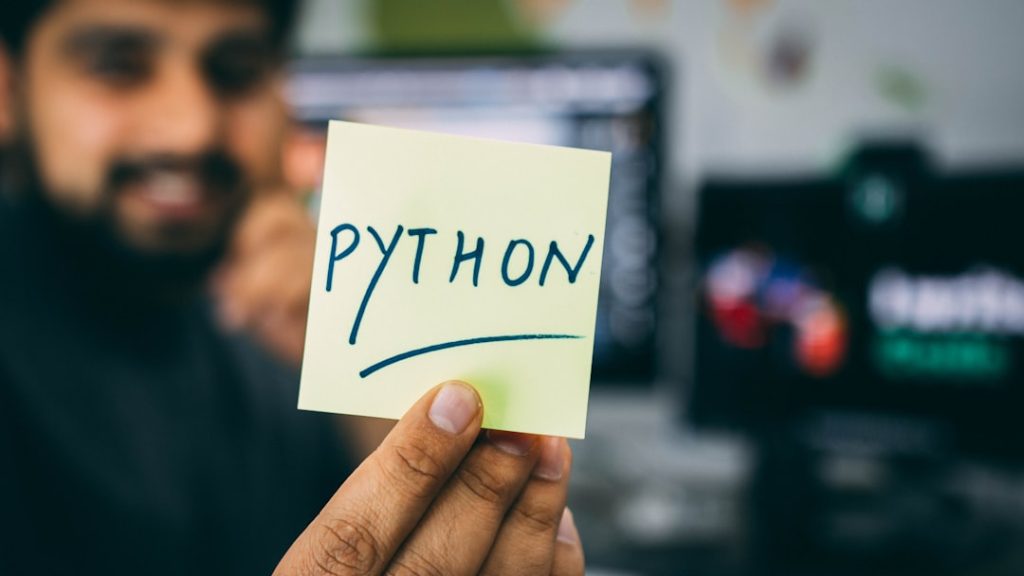Ready to Unleash Your Inner Python Wizard? Let’s Get Started!
Ever felt intimidated by the idea of learning to code? It’s a common feeling, but the truth is, getting started with Python is easier than you think! Did you know that Python’s straightforward syntax is one of the reasons it’s the most popular programming language for beginners? Let’s dive into installing Python 3 and setting up your coding environment – together!
Core Concepts: Unpacking the Python Setup
“Core Concepts: Unpacking the Python Setup”)
Setting up your Python environment might sound complicated, but it’s really just about getting the right tools ready. Think of it like preparing your kitchen before baking a cake: you need the oven (Python itself), the ingredients (libraries and packages), and the recipe (your code).
First, you need to download and install Python 3. You can get it directly from the official Python website: https://www.python.org/downloads/. Choose the version appropriate for your operating system (Windows, macOS, or Linux). The installer will guide you through the process – it’s pretty straightforward! During installation, make sure to check the box that adds Python to your system’s PATH. This makes running Python from your command line or terminal much easier.
Next comes the environment. This refers to the space where you’ll write and run your Python code. A popular choice for beginners is using a simple text editor like Notepad++ (Windows), Sublime Text (cross-platform), or VS Code (cross-platform). https://code.visualstudio.com/ VS Code is a powerful, free, and very popular option with excellent Python support – I highly recommend checking it out!
Finally, we have packages and libraries. These are pre-written collections of code that provide ready-made functions and tools for various tasks. Think of them as pre-made cake mixes! We’ll use pip, Python’s package installer, to manage these. pip is usually installed alongside Python, so you should be good to go.
3 Simple Projects/Applications: Putting Your New Skills to the Test
“3 Simple Projects/Applications: Putting Your New Skills to the Test”)
Let’s build some tiny projects to see Python in action!
Project 1: “Hello, World!” This classic introduction to any programming language is deceptively simple.
# This line prints the text "Hello, World!" to your console.
print("Hello, World!")
This single line of code uses the built-in print() function to display text on your screen. Try it! Save this code in a file (e.g., hello.py), then run it from your terminal using python hello.py.
Project 2: A Simple Calculator
# Get input from the user for the first number.
num1 = float(input("Enter first number: "))
# Get input from the user for the second number.
num2 = float(input("Enter second number: "))
# Perform addition.
sum = num1 + num2
# Print the result.
print("The sum is:", sum)
This program takes two numbers as input, adds them together, and displays the result. input() gets user input, float() converts it to a number, and the + operator performs addition. Experiment by changing the + to -, *, or / for subtraction, multiplication, or division!
Project 3: Generating a Random Number
# Import the 'random' module, which provides functions for generating random numbers.
import random
# Generate a random integer between 1 and 10 (inclusive).
random_number = random.randint(1, 10)
# Print the random number.
print("Your random number is:", random_number)
This uses the random module, which needs to be imported first using import random. random.randint(1, 10) generates a random integer within the specified range. Give it a try – you’ll get a different number each time!
Summary: You’re on Your Way to Python Mastery!
“Summary: You’re on Your Way to Python Mastery!”)
Installing Python 3 and setting up your environment is the crucial first step in your coding journey. You’ve now learned the basics of Python installation, environment setup, using pip for package management, and even written your first few programs! It’s incredibly rewarding to see your code come to life. Remember, practice is key. The more you experiment and build, the more confident you’ll become.
If you find yourself stuck on a particular project, assignment, or even just need a little guidance, please don’t hesitate to reach out! We’re here to help you navigate the exciting world of Python and transform your complex ideas into practical solutions. We’re passionate about helping beginners succeed and would love to be a part of your Python journey.
⬅️ Previous Post: Advanced Python Object-Oriented Programming: Design Patterns
Explore Our Series on This Topic:
- Using the Python REPL and Running Scripts
- Understanding Variables and Data Types in Python
- Numbers and Arithmetic Operations in Python
- Working with Strings: Basics and Common Methods
Need Help with a Python Assignment or Project?
Learning Python is exciting — but it can also get tricky sometimes. Whether you're stuck on a bug, running out of time on an assignment, or building something cool and just need a little help...
We’ve got your back. 💪
Our team is here to support you with:
- ✅ Python assignments & school projects
- ✅ Debugging errors or fixing code
- ✅ Custom scripts or mini tools
- ✅ Personal coding challenges or portfolio projects
Don’t struggle alone — reach out and let us help you get it done the smart way.
Let’s build something awesome together! Contact Us Now!

